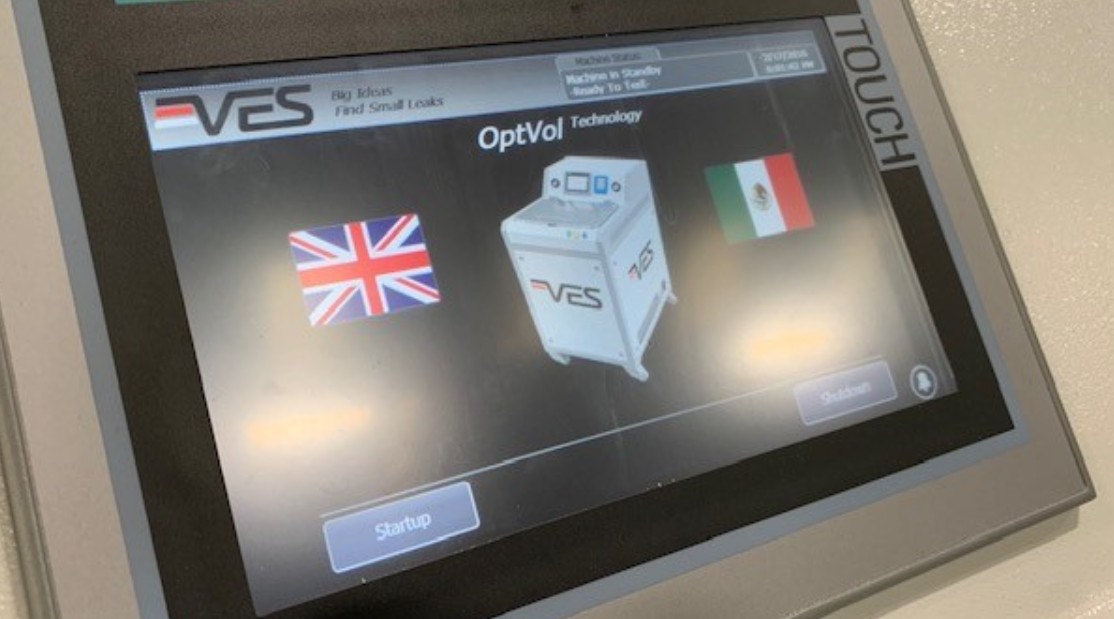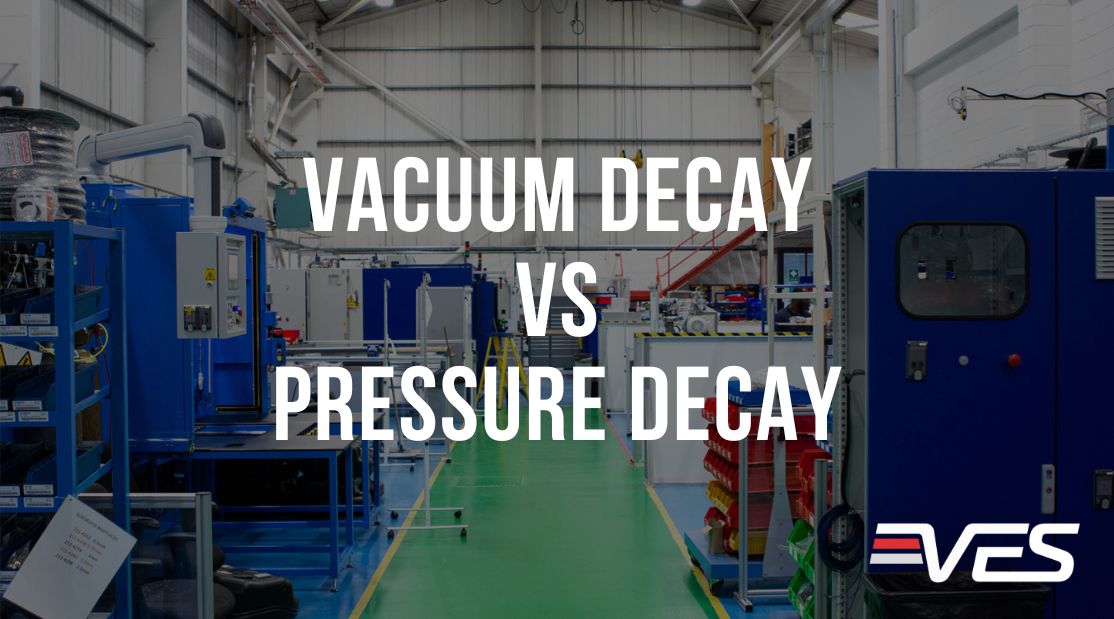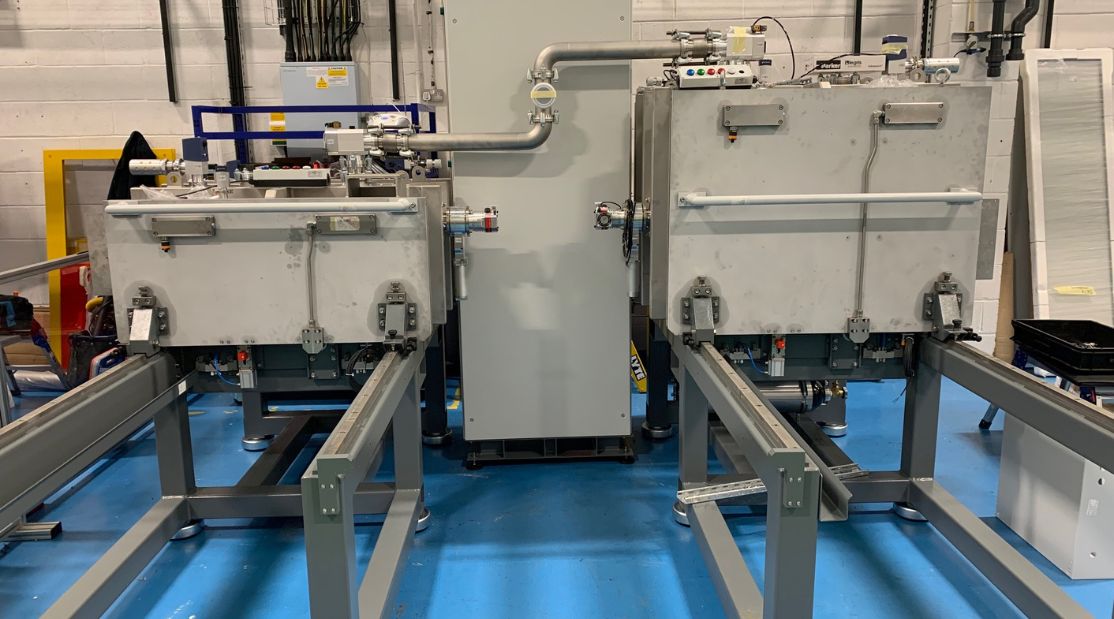Leak testing is a critical quality assurance process across multiple industries, ensuring that components and systems are leak-proof and therefore meet the requisite safety and performance standards. It’s a rapidly evolving field with various methodologies tailored to specific applications. In this guide, we delve into different leak testing methods, focusing on accumulation testing, sniff testing, and vacuum chamber testing, whilst highlighting the ways in which Vacuum Engineering Services (VES) can help provide accurate and reliable results.
Accumulation Testing
In accumulation testing, a tracer gas like helium or hydrogen is applied to the test component, which is then placed in a sealed chamber at atmospheric pressure. The chamber accumulates any leaked tracer gas, and its concentration is measured over time. Accumulation testing is cost-effective and particularly useful for components of irregular shapes or large sizes that can’t fit into a vacuum chamber.
Our Accumulation Testing Systems are designed for high performance, offering reliability and repeatability independent of temperature. With the ability to detect leaks as small as 1.00E-3 mbar l/s, these AT Machines are suitable replacements for traditional Air Under Water and Pressure Decay Tests. Also, the machines can distinguish between passes and fails and measure the corresponding leak rate, making it a valuable asset for quality control.
Sniff Testing
In sniff testing, a sniffer probe connected to a leak detector is moved along the potential leak paths on the test object. This method is popular for large or complex components that can’t be placed in a testing chamber. When helium or hydrogen is used as a tracer gas, the probe ‘sniffs’ any gas that has leaked from the test part.
Our Sniff Testing Systems are tailored for such complex applications. They are excellent alternatives to accumulation testing, particularly when the exact location of a potential leak needs to be identified for subsequent repair.
Vacuum Chamber Testing
Here, the test object is placed in a vacuum chamber, and a tracer gas is introduced. The leak detector measures the rate at which the gas enters the chamber. This method is highly accurate and often used for detecting extremely low leak rates.
We manufacture Vacuum Chamber Leak Test Systems that utilise both helium and hydrogen as tracer gases. These systems are especially useful in multi-loop applications and can be adapted to various component sizes and shapes, offering a robust and versatile solution for hard vacuum leak tests.
Hydrogen as an Alternative Tracer Gas
One really important thing to note is the use of hydrogen as an alternative tracer gas. This is something that we can certainly accommodate. Hydrogen can be a cost-effective and equally sensitive alternative to helium, mitigating the challenges of helium shortages and rising costs.
Sustainability and Cost-Savings
With the rising cost of helium, our PURE Helium Recovery and Purification System comes into focus. These systems allow for the recovery and reuse of helium, providing both cost savings and a sustainable method for leak testing.
The Future: OptVol Technology
So where do we think this is all heading? Any leak-testing system that can offer reductions in power consumption, footprint, and weight, along with potential improvements in cycle times and helium conservation is high on the agenda for most manufacturers who need to efficiently leak test their components.
This is where our OptVol Technology promises to further revolutionise the world of leak testing. This state-of-the-art technology from VES boasts reductions in power consumption, footprint, and weight, along with improvements in cycle times and helium conservation.
Leak Testing is an Intricate Science
Each leak testing method has its distinct advantages and applications. As technologies evolve, keeping abreast of the latest methods and equipment will ensure that your leak testing processes are both efficient and effective, safeguarding product quality and consumer safety.
With over 25 years of experience in the leak-testing industry, We continue to innovate, providing solutions that meet both current and future challenges.
Whether you’re dealing with automotive components, fuel cells, or battery cells, understanding the available leak testing methods will enable you to make informed decisions, and our systems are designed to help you do just that!




